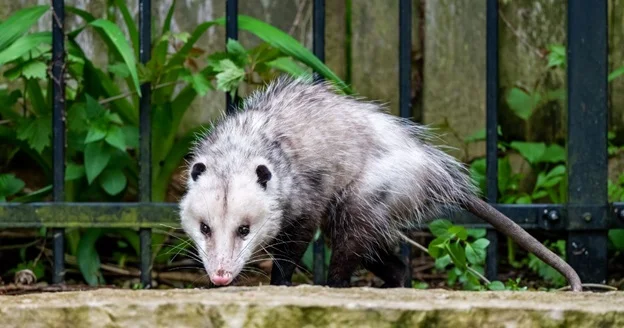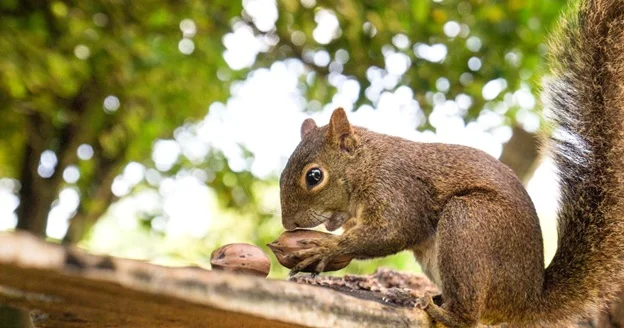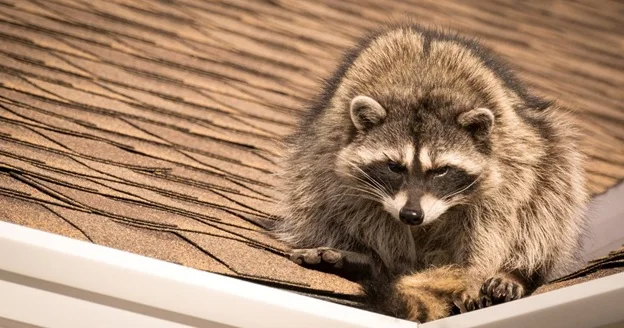Creating a vibrant ecosystem on your property can enhance its beauty and ecological value. Increasing wildlife on property attracts various species and fosters a balanced environment that can contribute to pest control and pollination. Simple changes to your landscape can support local fauna, making your outdoor space a haven for birds, butterflies, and beneficial insects.
Consider incorporating native plants, which provide food and shelter for wildlife. Minimizing pesticide use and creating water sources can also make your property more inviting to animals. By making these deliberate choices, you can turn your space into a thriving habitat that benefits the local ecosystem while allowing you to enjoy the presence of wildlife.
Engaging with the natural world brings a profound sense of connection and satisfaction. As you implement strategies for increasing wildlife on your property, you’ll witness the transformation in your landscape and your overall enjoyment of your outdoor space.
Understanding Wildlife Attraction Factors
Recognizing the elements that attract wildlife to your property can help you foster a richer environment. Habitat changes and food availability are central to increasing wildlife presence.
Natural Habitat Changes and Urban Sprawl
Urban sprawl often alters local ecosystems, making them more hospitable for certain wildlife. As areas develop, fragmented habitats may emerge, providing niche environments for species like rabbits, deer, and raccoons.
Patchy Landscapes: These areas allow wildlife to navigate more easily. Open spaces with trees, shrubs, and gardens create a diverse landscape that supports animal movement and foraging.
As urban growth continues, the proximity of green spaces to residential areas becomes crucial. Wildlife may seek out your garden as a refuge from surrounding developments. You enhance your property’s appeal by incorporating native plants that thrive in your local climate, providing cover and nesting sites.
Food Sources and Landscaping Choices
Food availability plays a pivotal role in attracting wildlife. Depending on your chosen plants, your landscaping can discourage or invite various species.
Native Plants: Opting for native flora increases the likelihood of attracting local wildlife. These plants provide natural food sources, while their adaptations foster a balanced ecosystem.
Wildlife-Specific Features: Adding features like bird feeders, butterfly gardens, or water sources can significantly attract specific species.
Be mindful of your current layout. Assess which plants are present and consider their impact on local wildlife. Regular maintenance ensures your garden remains inviting and vibrant, enhancing the potential for increased wildlife sightings.
Preventing Unwanted Wildlife Encounters

To maintain a peaceful and safe environment on your property, it is essential to implement effective strategies that prevent rising wildlife activity. Focusing on trash management and deterrent techniques can significantly reduce the chances of unwanted animal encounters.
Securing Trash and Compost
Wildlife is often attracted to easily accessible food sources. Securing your trash is crucial to keeping animals at bay.
- Use Bins with Lids: Invest in trash cans with tight-fitting lids. This helps prevent animals from rummaging through waste.
- Store Bins Properly: Place bins in a garage or shed when not in use. If outdoors, choose locations that are harder to access.
- Compost Wisely: If you compost, ensure it is sealed and designed to keep animals out. Avoid composting meat, dairy, and oily foods that attract wildlife.
Taking these steps helps address why more wildlife enters your yard and creates a less inviting atmosphere.
Using Wildlife Deterrent Strategies
Deterring wildlife requires a combination of methods tailored to the specific animals in your area.
- Natural Deterrents: Consider using certain plants like marigolds or herbs that many animals find unappealing.
- Motion-Activated Devices: Install motion-activated sprinklers or lights. Sudden movements can scare off animals effectively.
- Fencing Options: To keep larger animals out, build a fence at least six feet tall. Consider burying part of the fence underground to prevent burrowing.
Implementing these strategies can prevent unwanted wildlife encounters and maintain a more controlled environment on your property.
Addressing the Causes of Wildlife Intrusion

Wildlife intrusion often stems from specific vulnerabilities around your property and can be influenced by seasonal changes. Understanding these factors can help you mitigate wildlife-related issues effectively.
Home and Garden Vulnerabilities
Wild animals are drawn to properties with accessible food, shelter, or water sources. Common attractions include:
- Unsecured Trash: Ensure your garbage bins have tight-fitting lids. Animals like raccoons can easily topple bins for food.
- Bird Feeders: While they attract birds, they can also lure mammals. Position feeders away from the ground or use squirrel-proof designs.
- Gardens and Compost: These can be enticing for wildlife. To minimize access, use fencing and secure compost bins.
Inspect your property for gaps, damaged siding, or unsealed vents. Animals like squirrels or rats can exploit these vulnerabilities. If you suspect wildlife is invading your home, acting quickly can prevent further issues. Professional help from a humane wildlife removal company can provide solutions tailored to your situation.
Seasonal and Weather-related Patterns
Seasonal changes can dictate wildlife behavior and increase the likelihood of intrusion. During colder months, for example, many animals seek warmth and shelter.
- Hibernation: In autumn, animals like bears may forage more aggressively as they prepare for hibernation. Securing potential food sources becomes crucial.
- Nesting: Spring prompts many species to nest, leading them to search for sheltered areas, including attics or basements.
Heavy rainfall can also displace wildlife, causing them to seek refuge. Pay attention to how weather patterns affect wildlife behavior around your property. Prevention strategies include regular inspections and maintenance.
For targeted advice and assistance, consider calling Critter Stop at (214) 234-2616 for a free inspection. Critter Stop has a fantastic reputation and online customer reviews because it provides high-quality work and great customer service.
For more information click here.









